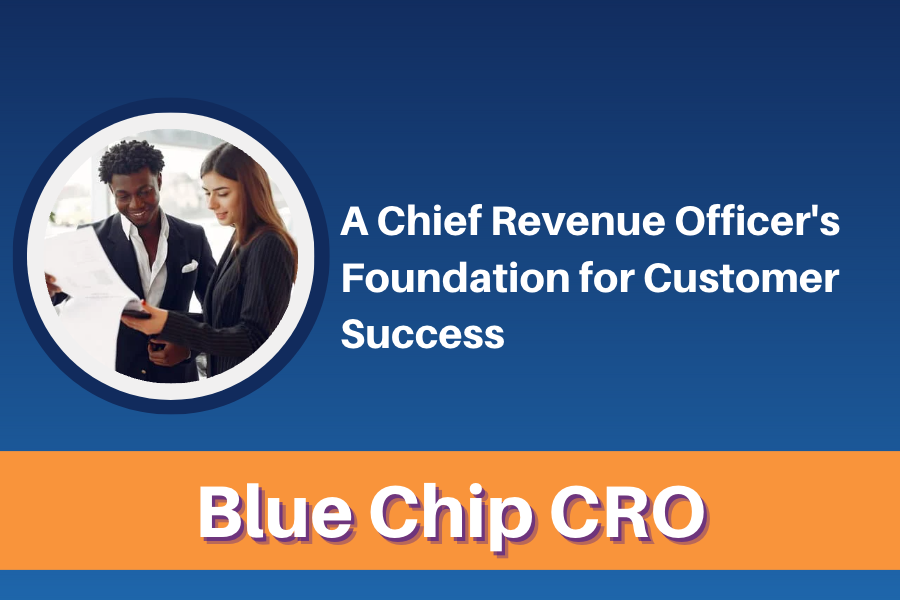
I made a post on LinkedIn last week when chatting with a friend and colleague about chief revenue officer responsibilities that got me thinking about customer success. We got to talking about customer churn and how painful it can be. The challenge with talking to CEOs about this is that it’s often a rearview mirror problem and rarely a proactive practice. Customer churn only becomes a problem once it’s happening which can quickly turn to a giant transactional save effort.
Treating customer churn with save practices (ie “I’ll give you a discount to renew” or “I’ll give you free licenses to renew”) doesn’t fix the true problem. It also severely cripples profitability in the process.
Customers generally churn for a handful a reasons (cost, value, or support). Companies can hedge their bets on reducing churn by taking an intentional approach toward customer activation and focusing on the full customer lifecycle.
The full revenue lifecycle consists of stages. First, we should look at marketing and build stages before top of funnel and middle of funnel. Next a look into the sales process to understand bottom of funnel movement throughout qualified lead to customer acquisition. Finally, a chief revenue officer looks to customer success to take that baton from sales and builds the customer lifecycle from onboarding, to adoption, to renewal/expansion. Everything in the buyer’s journey is a process and a chief revenue officer needs to detail these lifecycle stages to build velocity and effectiveness which positively impact customer acquisition costs (CAC) and customer lifetime value (LTV).
We’ll focus briefly on the customer acquisition side of this equation to help better your chances of increasing your LTV. While the customer success lifecycle typically consists of several stages that a customer goes through while interacting with a company’s product or service, the specific stages can vary based on the industry and the company’s specific approach. The following is something I’ve created to outline some common stages and goals associated with each stage.
STEP 1: CUSTOMER ONBOARDING
- This is the most important phase to get right to prevent churn
- Determine how the onboarding process will work internally (team members) and externally (customers/users)
- Training /delivering services to segmented users (admin, support, users, etc)
- Determine exit criteria for this stage (customer signoff, certificate of completion, survey, etc)
STEP 2: CUSTOMER ADOPTION
- Getting customers to use/consume your product/service and integrate it into a daily routine or continual operation
- The goal of this stage is value attainment (time to value is a great metric here)
- Reporting in place to measure adoption and consumption
- Proactive and regular outreach to gain adoption
STEP 3: CUSTOMER VALIDATION
- Validate from the customer (executive sponsor, front line manager, and users) that pain points and problems are being solved.
- Establish time to value metrics and customer business metrics (ROI, increased SLAs, decreased costs, etc)
STEP 4: CUSTOMER ENGAGEMENT
- Create avenues for interaction to engage customer into company operations and customer success team into customer operations
- Business reviews and customer health scores
- Gamification usage aligned to regular adoption
STEP 5: CUSTOMER RETENTION/EXPANSION
- Ensure customer renewal and identify opportunities for expansion efforts if any
This process only works if you have the team focused on each of their stages. Ideally technology alignment is key to help advance stages and allow customer success managers to be better organized and effective. If you would like to discuss more about customer retention and churn, let’s hop on a call and chat!
Ed Porter | Fractional Chief Revenue Officer
- Subscribe to my Not Another Newsletter
- Subscribe to my blog here
- Follow Blue Chip CRO on LinkedIn
- Wanna chat? Book some time with me